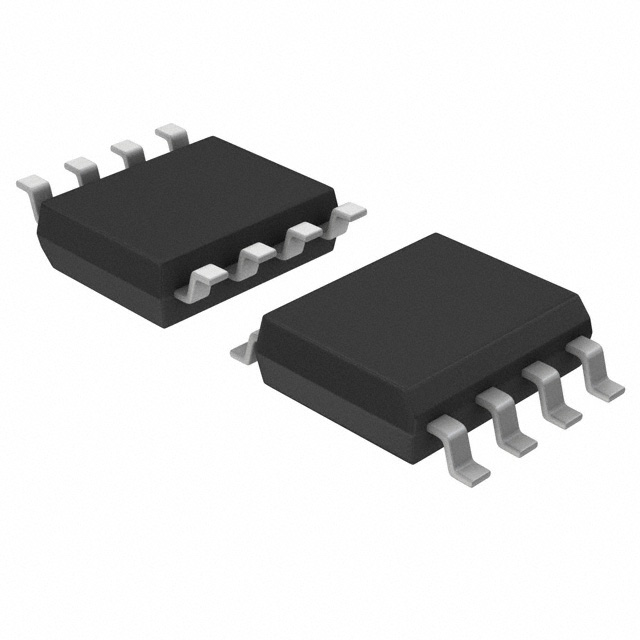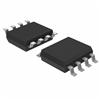ICS507-01: Features: • Packaged as 16 pin narrow SOIC or die• Input crystal frequency of 5 - 27 MHz• Input clock frequency of 5 - 52 MHz• Uses low-cost crystal• Differential PECL ...
floor Price/Ceiling Price
- Part Number:
- ICS507-01
- Supply Ability:
- 5000
Price Break
- Qty
- 1~5000
- Unit Price
- Negotiable
- Processing time
- 15 Days
SeekIC Buyer Protection PLUS - newly updated for 2013!
- Escrow Protection.
- Guaranteed refunds.
- Secure payments.
- Learn more >>
Month Sales
268 Transactions
Payment Methods
All payment methods are secure and covered by SeekIC Buyer Protection PLUS.

 ICS507-01 Data Sheet
ICS507-01 Data Sheet








